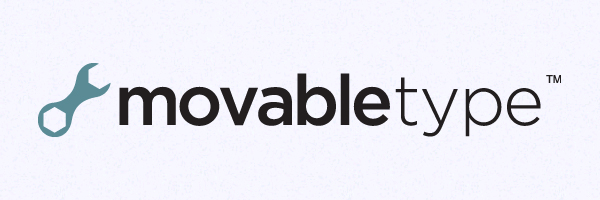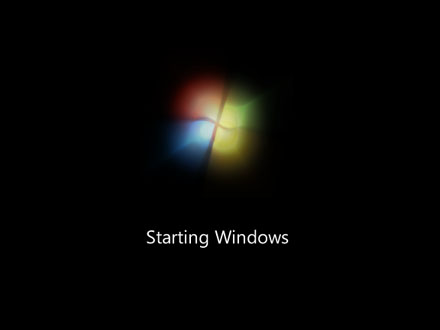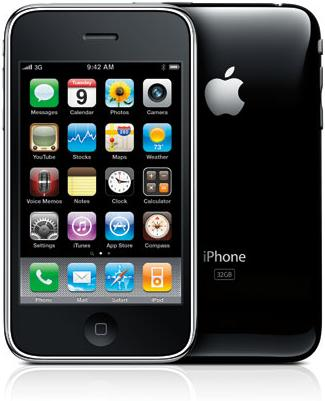
perl
Coding Horror: Movable Type Since 2004
When I started this blog, way back in the dark ages of 2004, the best of the options I had was Movable Type. A Perl and MySQL based blogging platform may seem like an odd choice for a Windows-centric developer like me, but I felt it was the best of







